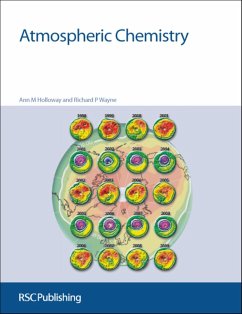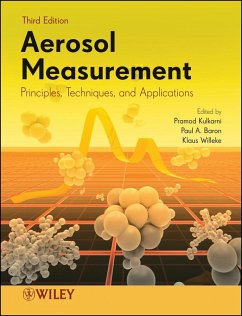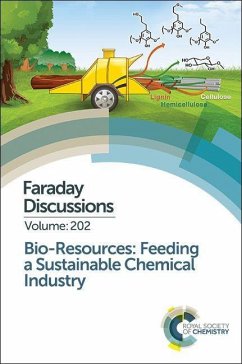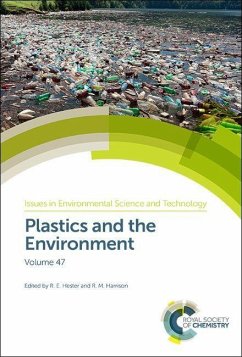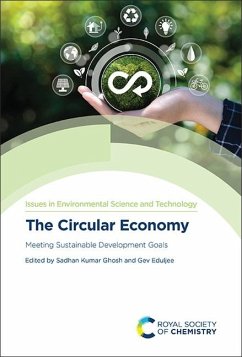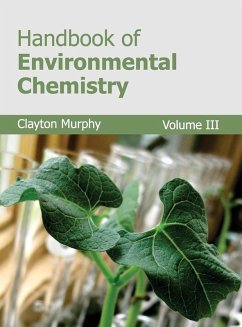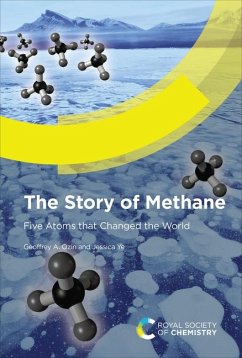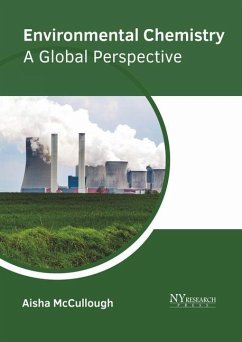
A Guide to Environmental Chemistry
Versandkostenfrei!
Versandfertig in über 4 Wochen
169,99 €
inkl. MwSt.

PAYBACK Punkte
85 °P sammeln!
Environmental chemistry involves the study of biochemical factors that exist in nature. It includes a comprehension of how the unpolluted environment functions, which naturally existing compounds are available, in what amounts, and with what impacts. Without this, it may be difficult to concentrate on the impacts on people to the environment with the discharge of chemical elements. It is a multidisciplinary science that, notwithstanding chemistry, includes physical science, agriculture, public health, sanitary engineering, material science, etc. This volume researches the sources, responses, t...
Environmental chemistry involves the study of biochemical factors that exist in nature. It includes a comprehension of how the unpolluted environment functions, which naturally existing compounds are available, in what amounts, and with what impacts. Without this, it may be difficult to concentrate on the impacts on people to the environment with the discharge of chemical elements. It is a multidisciplinary science that, notwithstanding chemistry, includes physical science, agriculture, public health, sanitary engineering, material science, etc. This volume researches the sources, responses, transport, impacts, and purpose of chemical species in the air, water, and lands, and the impact of human activities on different sections, like the hydrosphere, lithosphere, and biosphere. The goal of environmental chemistry education is to edify the general population about the significance of protecting our environment, and the need to limit human activities causing indiscriminate discharge of contaminants into the environment. Currently, different environmental factors exist that threaten the existence of humanity on the planet. Some environmental chemical issues include the 1952 London smog--killing around 4000 individuals, the Mediterranean Sea transforming into the Dead Sea during the 1950s--incapable of supporting sea life, and corrosion of the white Taj Mahal marble in India.



